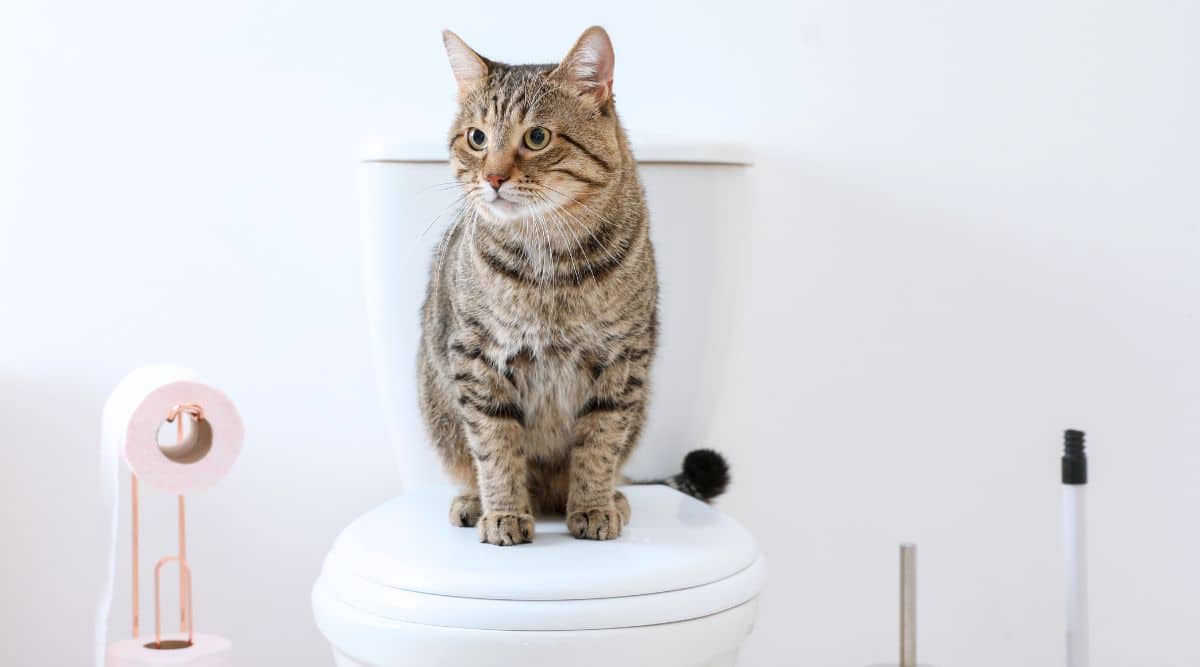Reasons You Should Never Flush Cat Poop Down Your Toilet - Important Facts
Reasons You Should Never Flush Cat Poop Down Your Toilet - Important Facts
Blog Article
What're your thoughts concerning How to Dispose of Cat Poop and Litter Without Plastic Bags?

Intro
As feline owners, it's essential to bear in mind exactly how we deal with our feline buddies' waste. While it might appear convenient to flush cat poop down the commode, this technique can have destructive repercussions for both the atmosphere and human health.
Alternatives to Flushing
The good news is, there are more secure and a lot more responsible means to deal with cat poop. Take into consideration the complying with choices:
1. Scoop and Dispose in Trash
One of the most common approach of throwing away cat poop is to scoop it right into a naturally degradable bag and toss it in the trash. Be sure to make use of a devoted litter inside story and deal with the waste without delay.
2. Usage Biodegradable Litter
Opt for eco-friendly cat clutter made from materials such as corn or wheat. These trashes are environmentally friendly and can be securely thrown away in the garbage.
3. Bury in the Yard
If you have a backyard, consider hiding pet cat waste in an assigned location away from vegetable yards and water resources. Make sure to dig deep adequate to prevent contamination of groundwater.
4. Set Up a Pet Waste Disposal System
Buy an animal garbage disposal system particularly made for cat waste. These systems utilize enzymes to break down the waste, reducing odor and ecological impact.
Health and wellness Risks
Along with environmental issues, flushing pet cat waste can also present wellness risks to humans. Feline feces may consist of Toxoplasma gondii, a bloodsucker that can cause toxoplasmosis-- a potentially extreme illness, particularly for expecting ladies and people with damaged immune systems.
Environmental Impact
Flushing feline poop presents harmful microorganisms and bloodsuckers right into the water, posing a significant danger to water ecological communities. These contaminants can negatively impact marine life and concession water top quality.
Verdict
Responsible animal ownership prolongs beyond offering food and sanctuary-- it likewise includes proper waste monitoring. By avoiding flushing cat poop down the bathroom and selecting alternate disposal methods, we can minimize our ecological impact and shield human health and wellness.
CAN I FLUSH MY CAT'S POOP DOWN THE TOILET?
Always avoid flushing cat poop down the drain because not only could it potentially contain harmful parasites called toxoplasmosis, the litter could sit in your line and lead to a clog.
Plenty of waste gets flushed down your toilet every day, so what harm could a little cat poop and cat litter do? The answer is a lot, which is why you never want to send it down your drains.
Can I Flush My Cat's Poop Down The Toilet?One of the biggest problems with flushing your cat’s presents is the harmful parasites in your feline’s stool called toxoplasmosis. Extremely dangerous for humans, especially pregnant women and people who are immunocompromised, these parasites can cause a multitude of problems for unborn babies and even cause death or miscarriage if the infection happens early. That’s why you should always avoid touching cat poop. Also, water systems are not equipped to handle toxoplasmosis and are unable to destroy the parasite before it’s sent back into the environment, potentially jeopardizing the health of local area wildlife, specifically marine life.
Flushing cat poop could also lead to a future drain clog. Try as you may to eliminate any litter from it, there will always still be some stuck on there – and even if it says flushable on the label, it’s not! Cat litter is made up of bentonite clay, which has the tendency to harden when wet, creating a thick, almost cement-like quality. Cat litter that ends up down the drain can expand from the moisture in the pipes and then harden, blocking any wastewater. If you have a septic tank or a cesspool, it cannot handle cat litter either, no matter what kind. If it solidifies in the tank, in any of the system’s major parts like the inlet baffle, it’ll create some expensive problems.
The best way to dispose of cat poop safely is to scoop it into a bag and throw it into the trash – and ways of dealing with the smell include adding baking soda and replacing the box more.
Now that we’ve explained the potential harm that flushing cat poop can cause to you and your drains, you might be wondering the best way of dealing with it. Unfortunately, it’s the old-fashioned way of scooping it into a bag and then placing it into a trash can. They also make pet-proof trash cans that lock in the smell, so that you don’t have to always immediately take it out. If you’re tired of smelling the litter box after even just one use from your feline, there’s things you can do to help combat that smell. Adding baking soda to the litter will reduce smells, but just don’t add too much or your cat will no longer want to use the box. You could also replace the box more frequently, at least once a year, as those smells can just seep inside the scratch marks. Lastly, try changing to a new litter formula – some are better with smells than others.

As a fervent person who reads about How to Dispose of Cat Poop and Litter Without Plastic Bags, I imagined sharing that post was a great idea. Are you aware of anybody else who is fascinated about the topic? Why not share it. Thank you so much for taking the time to read it.
Click Here Report this page